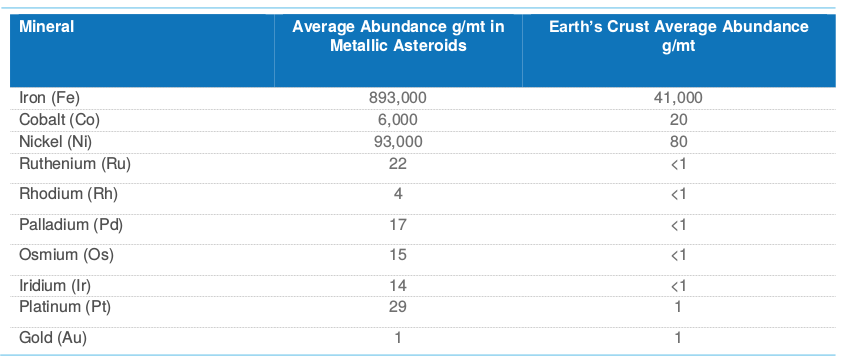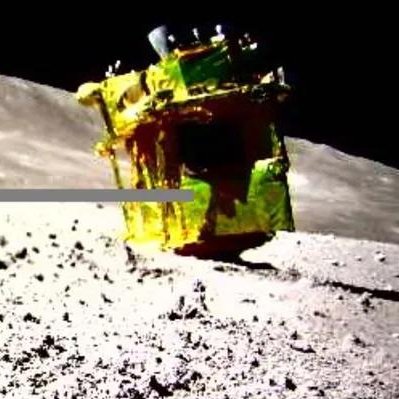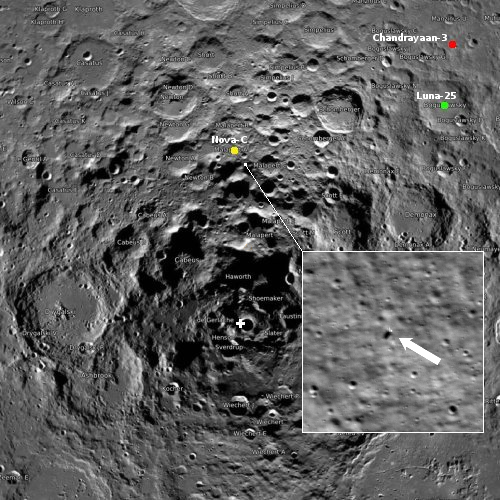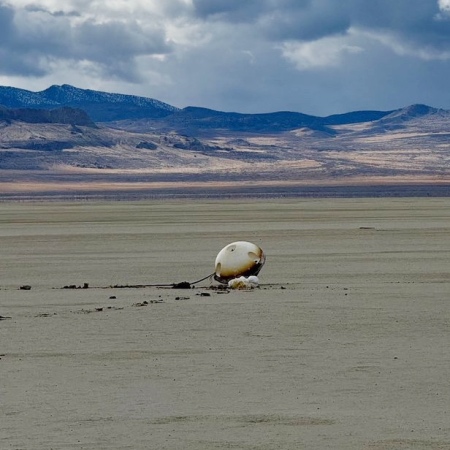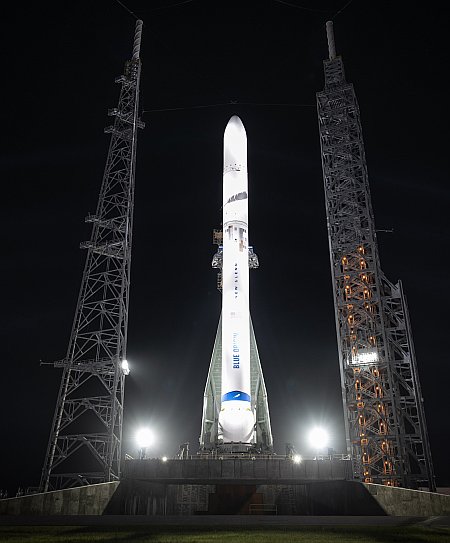NASA shuts down Goddard $2 billion demo refueling program
After more than a decade of work and more than $1 billion spent, NASA yesterday shut down a Goddard Space Flight Center program, dubbed On-orbit Servicing, Assembly, and Manufacturing 1 (OSAM-1), that would have attempted to refuel a defunct the Landsat-7 satellite.
This Space News article details the program’s long history:
OSAM-1 started about a decade ago as Restore-L, with the goal of launching as soon as 2020 to refuel Landsat 7. The mission was renamed OSAM-1 in 2020 with the addition of payloads to perform in-space assembly and manufacturing activities.
The mission, though, suffered significant cost overruns and delays. As of April 2022, the mission’s total cost, once projected to be between $626 million and $753 million, had grown to $2.05 billion and its launch delayed to December 2026. NASA’s Office of Inspector General (OIG), in an October 2023 report, concluded the project would likely suffer additional overruns, with an estimated cost at completion as high as $2.17 billion and a launch of between March and June 2027.
The program was originally conceived by Frank “Cepi” Cepollina, who had run the program in the 1980s to use the shuttle and standard parts on satellites to successfully repair the Solar Max satellite, and then headed the program at Goddard that ran all the repair missions to the Hubble Space Telescope. It was his correct contention that designing satellites and spacecraft with standard modular parts would not only allow for replacement and repair, it would reduce the cost of getting into space while increasing increasing profit margins.
The problem was that Cepi’s operation was a government program, divorced from cost controls and profit. Unlike the many private orbital tug companies that are now building and flying the same technology, developed quickly and for relatively little, the Goddard program experienced endless delays and cost overruns. In the end, private enterprise has overtaken the government, and made this program superfluous. Kudos to NASA’s management for making the hard decision to shut it down finally.
After more than a decade of work and more than $1 billion spent, NASA yesterday shut down a Goddard Space Flight Center program, dubbed On-orbit Servicing, Assembly, and Manufacturing 1 (OSAM-1), that would have attempted to refuel a defunct the Landsat-7 satellite.
This Space News article details the program’s long history:
OSAM-1 started about a decade ago as Restore-L, with the goal of launching as soon as 2020 to refuel Landsat 7. The mission was renamed OSAM-1 in 2020 with the addition of payloads to perform in-space assembly and manufacturing activities.
The mission, though, suffered significant cost overruns and delays. As of April 2022, the mission’s total cost, once projected to be between $626 million and $753 million, had grown to $2.05 billion and its launch delayed to December 2026. NASA’s Office of Inspector General (OIG), in an October 2023 report, concluded the project would likely suffer additional overruns, with an estimated cost at completion as high as $2.17 billion and a launch of between March and June 2027.
The program was originally conceived by Frank “Cepi” Cepollina, who had run the program in the 1980s to use the shuttle and standard parts on satellites to successfully repair the Solar Max satellite, and then headed the program at Goddard that ran all the repair missions to the Hubble Space Telescope. It was his correct contention that designing satellites and spacecraft with standard modular parts would not only allow for replacement and repair, it would reduce the cost of getting into space while increasing increasing profit margins.
The problem was that Cepi’s operation was a government program, divorced from cost controls and profit. Unlike the many private orbital tug companies that are now building and flying the same technology, developed quickly and for relatively little, the Goddard program experienced endless delays and cost overruns. In the end, private enterprise has overtaken the government, and made this program superfluous. Kudos to NASA’s management for making the hard decision to shut it down finally.

